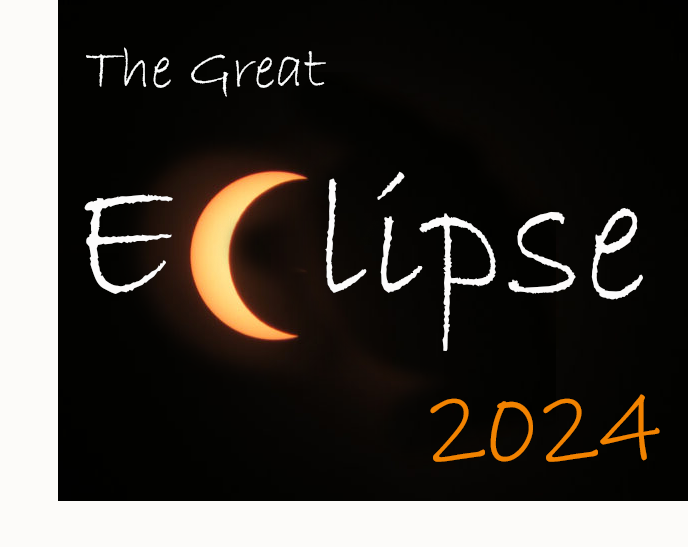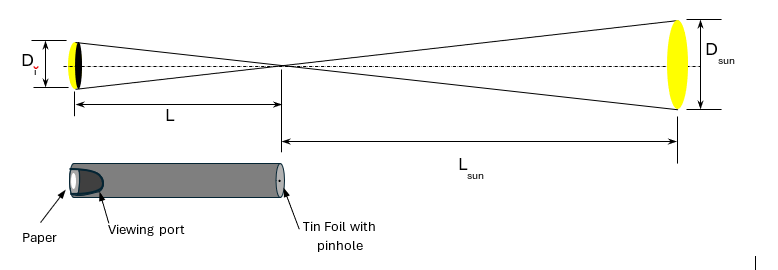
Mark Your Calendars for the Solar Eclipse happening on 4/08/24!
Attention all astronomy enthusiasts! Prepare yourselves for an awe-inspiring spectacle that's set to grace our skies. On April 8, 2024, we will have the privilege of witnessing a total solar eclipse, an event where the moon passes directly between Earth and the sun, casting a shadow over our planet.
This rare occurrence is not just a breathtaking view; it's a unique opportunity for educators, students, and professionals to engage in scientific observation and discovery. The path of totality—where the sun is completely obscured by the moon—will sweep across North America, providing millions with a chance to experience daytime darkness.
Here are some educational tips to get you prepared:
🔭 Educate Yourself: Understand the science behind eclipses. The 'path of totality' is where the full effect can be seen – this time it stretches from Mexico through parts of the United States and into Canada. Outside this path, a partial eclipse will be visible.
👀 Safety First: Never look directly at the sun without proper eye protection. Special solar viewing glasses or viewers are necessary to protect your eyes from harmful rays.
📍 Plan Your Spot: Identify a location within the path of totality for optimal viewing. Accommodations in these areas fill up fast, so book early!
📚 Involve Schools and Communities: If you're an educator or community leader, organize learning sessions or viewing parties.
📸 Practice Photography: If you're interested in capturing the eclipse, practice photographing celestial events beforehand and research the right equipment you'll need.
Interested in making your own safe viewing system? Follow these instructions below.
To make the viewer, get a long tube; cardboard or PVC works well. On one end, place a piece of tin foil, wrap it around the tune, and secure it in place with some rubber bands or tape. Take a thumb tack and poke a small hole in the center of the tin foil. On the other end, do the same with a piece of wax paper to act as the viewing screen.
During the eclipse, point the foil-end of the tube towards the sun, and align it so the image of the sun is projected onto the wax paper. You may need to support the tube on something to keep it steady.
As an alternative to wax paper, a piece of white paper can be used. You will then need to cut an observation hole near the end of the tube near the paper so you can look at the image projected on the paper. You can then put the tube over your shoulder to support it when viewing.
So how does this work? If you go to the USGS web site, you can find the table for the Earth-sun distance for each day of the year. (Since the earth’s orbit is elliptical it changes every day, which is why we have four seasons.) On April 8, the distance is 1.001265 astronomical units. An astronomical unit is roughly the average distance to the sun, and is now defined as 149,597,870,700 meters, or 92,960,343 miles. The radius of the sun is 432, 450 miles. Using a little geometry, and symmetry of triangles, we can calculate the size of the image of the eclipse based on the distance from the pinhole to the image screen: Di = L(Dsun/Lsun) = 0.0093L. If you use a 4’ tube, the image would be 0.45”.

Let's all look forward to experiencing this incredible natural phenomenon together! Share your plans, questions, and anticipation with us!
#SolarEclipse2024 #AstronomyLovers #EclipsePreparation #ScienceIsAwesome #InternationalLight #Labsphere
< Back to All Blogs
